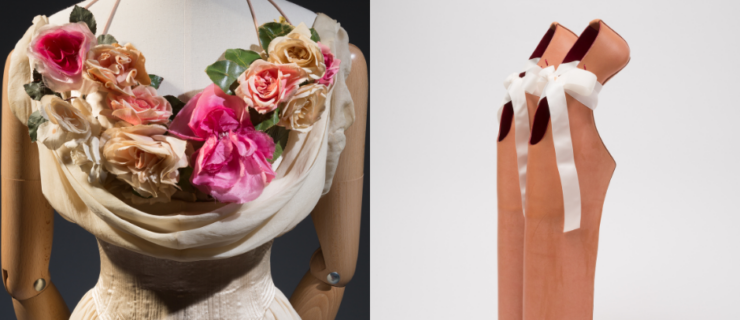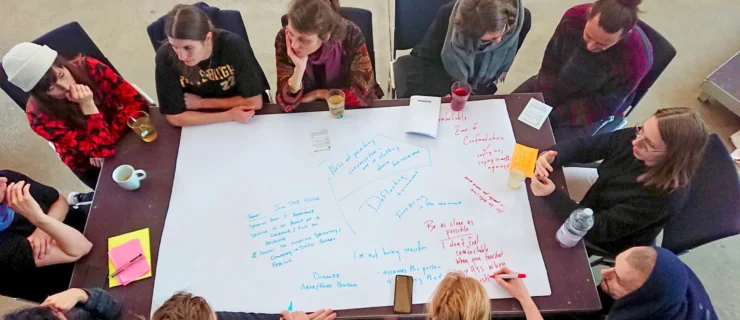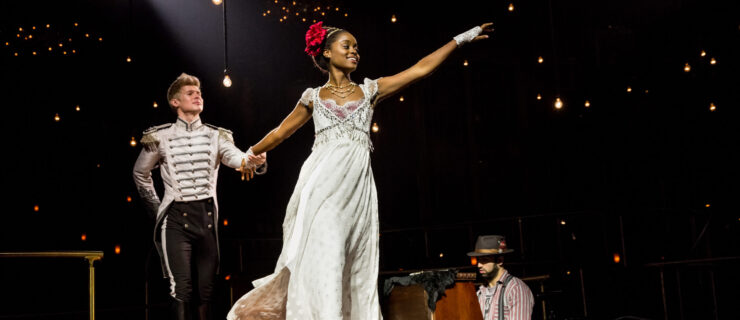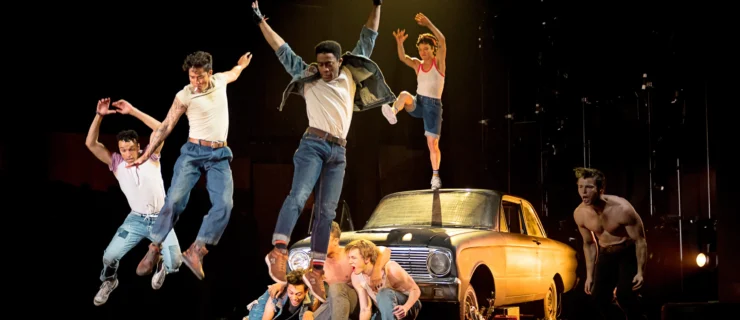Creach/Company
Creach/Company
Joyce SoHo, New York, NY
November 17–20, 2005
Reviewed by Jim Dowling
What separates a professional dancer from an amateur? Can the latter be as captivating as the former? Does virtuosity stand in the way of creativity? Terry Creach and his company pose questions through subverted brilliance and inspired noodling.
A Likeness
, a premiere danced by the broad-shouldered, long-limbed duo Karl Rogers and Keith Thompson, seems a competition laced with cool affection. Thompson turns blindly into a lift by Rogers. In side-by-side half turns, they might act in solitary sync or connect obliquely through imitation. Their arms, extended to the sides with open hands, seem quietly expressive. But when Rogers leaves the stage, Thompson goes on with his solo, apparently feeling no loss.
The company’s most complete statement on virtuosity comes in another premiere, My Pleasure. Darrin Wright, with support from Rogers and Poulson, takes a brief star turn that evokes vintage Gene Kelly. Decked in slacks and a button-down shirt, his muscular frame twists through each leap. Yet when his solo returns to earth, Wright finds that his path and his mood fall under the influence of others. As he climbs over Poulson’s back while reaching around Rogers, his expression slips from independent and assured to pensive.
The final two pieces contrast four amateur dancers, in Broken-Hearts Club (2004), with the company’s four professionals, in Untitled (a premiere). Ironically, it’s the nonprofessionals—Jami Marshall-Lively, Kyle Mosholder, Guy Snover, and Alex Ward —who are allowed virtuoso moves, like a one-handed back flip or a leap by one into the others’ arms. Although each one evokes cheers from an appreciative audience, these are isolated gestures rather than arrows in a quiver of smooth moves. Brief bits of narration about being stuck in never-ending loops make clear that these are slacker/wannabes struggling through an awkward phase of life.
In Untitled, rather than showing off their technical skills, the professionals work through controlled turns and brief tumbling phrases that convey a sense of muted emotional exploration—a foot drags behind the body’s spin; an arm reaches around the head with a cupped, expressive hand. Even when their arms reach toward us, the dancers turn their faces away. See www.joyce.org.




